Deck & Commander Strategies
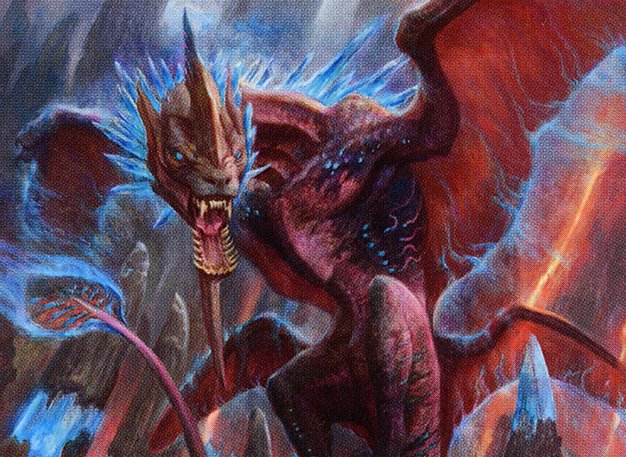
Vadrok, Apex of Thunder
A reactive combo deck that uses High Tide and Dockside Extortionist to generate large amounts of mana and treasure tokens, enabling a combo finish while controlling the board with interaction.
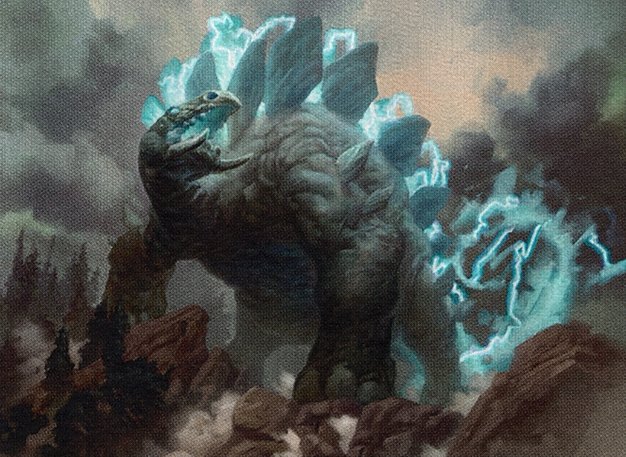
Kalamax, the Stormsire
A storm-based deck focusing on casting and copying spells to build up storm count and finish with a classic Underworld Breach and Brain Freeze combo.
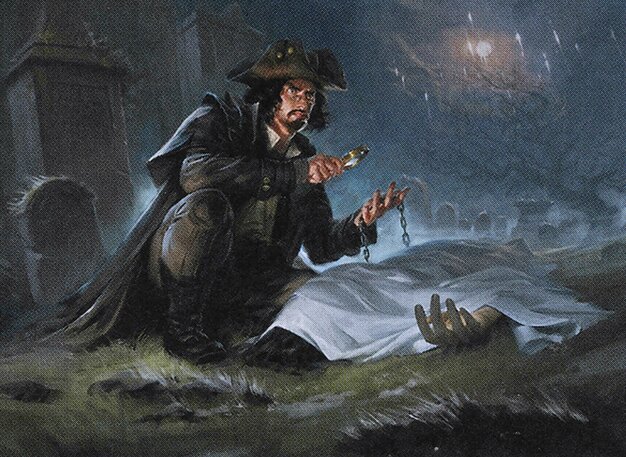
Jacob Hauken, Inspector // Hauken's Insight
A mono-blue take-turns deck that leverages the front side for early card advantage and the flip side for generating free spells and extra turns to accumulate overwhelming card advantage.
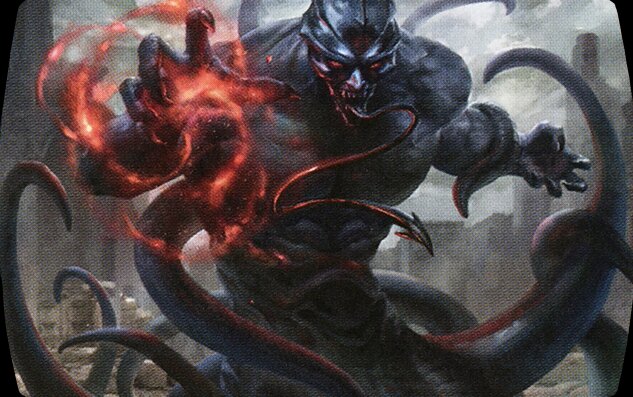
Tevesh Szat, Doom of Fools
A midrange Grixis deck that uses cheap interaction and fast mana to slow the game and accumulate value, aiming to leverage Tevesh’s abilities for incremental advantage.
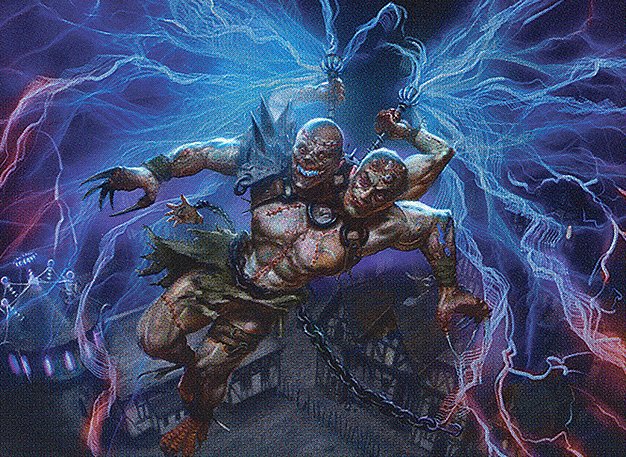
Kraum, Ludevic's Opus
A tempo and control deck that uses Kraum’s card draw to maintain hand size and pressure opponents with aggressive plays and disruption.
Gameplay Insights
- 1
Vadrok’s player chose to mutate Bad River Wurm onto Dockside Extortionist to maximize treasure generation and accelerate the combo line.
- 2
Fernando’s Mental Misstep countered Vadrok’s graveyard gamble, effectively disrupting a potential game-winning combo.
- 3
Jacob Hauken’s player used Temporal Mastery to take multiple extra turns, leveraging the flip side of the commander for free spells and card advantage.
- 4
Kalamax’s player duplicated spells with the commander’s ability, applying pressure and threatening combos while dealing with opposing interaction.
- 5
Players effectively used interaction like Fierce Guardianship and Pyroblast to protect their key spells and disrupt opponents’ plans.
- 6
The game demonstrated the importance of timing and sequencing in cEDH, where a single counterspell or discard can drastically alter the outcome.
Notable Cards
-

Dockside Extortionist
-

High Tide
-
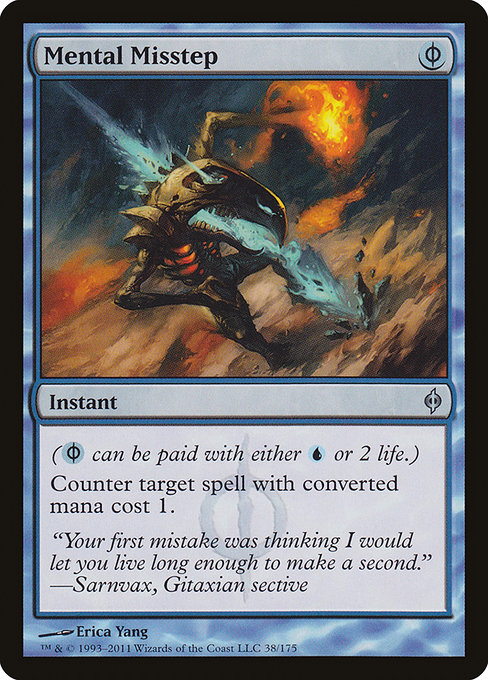
Mental Misstep
-
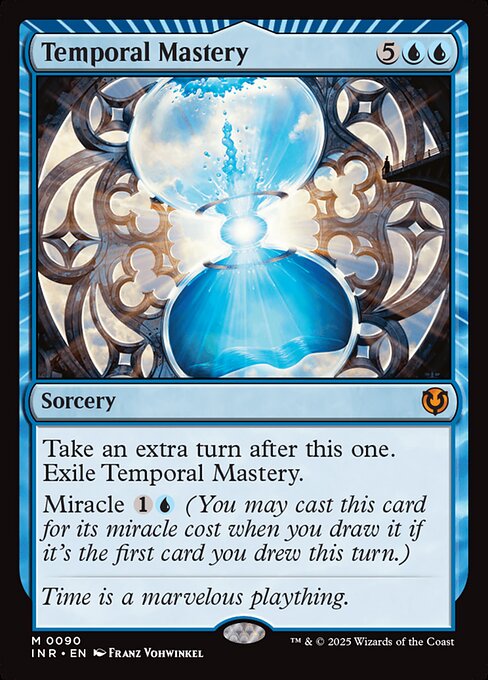
Temporal Mastery
-
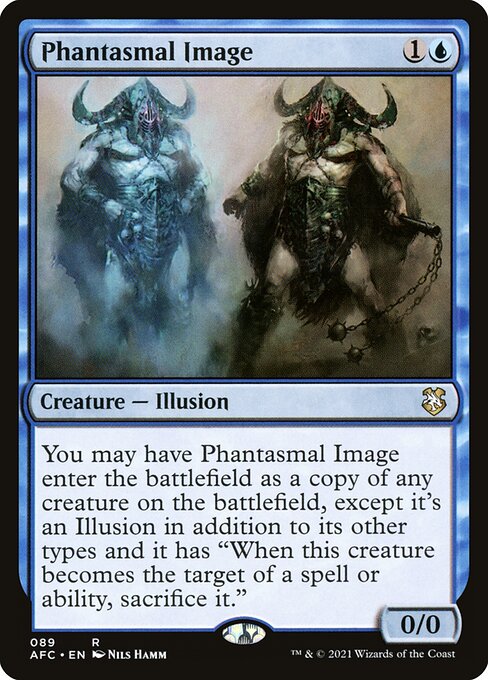
Phantasmal Image
-

Underworld Breach
-
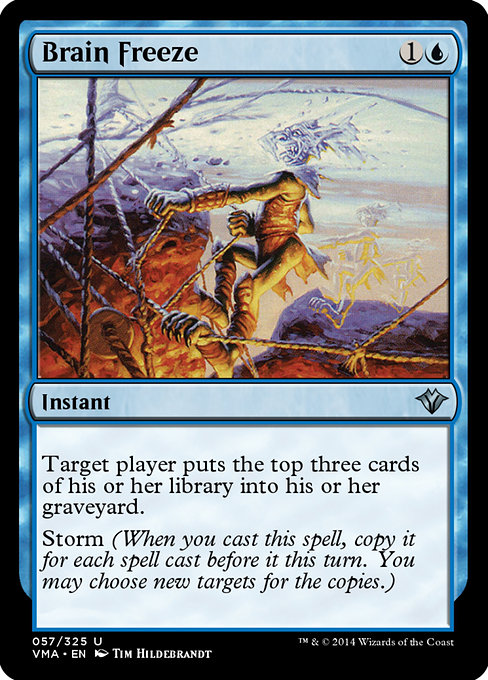
Brain Freeze
-

Mystical Tutor
-
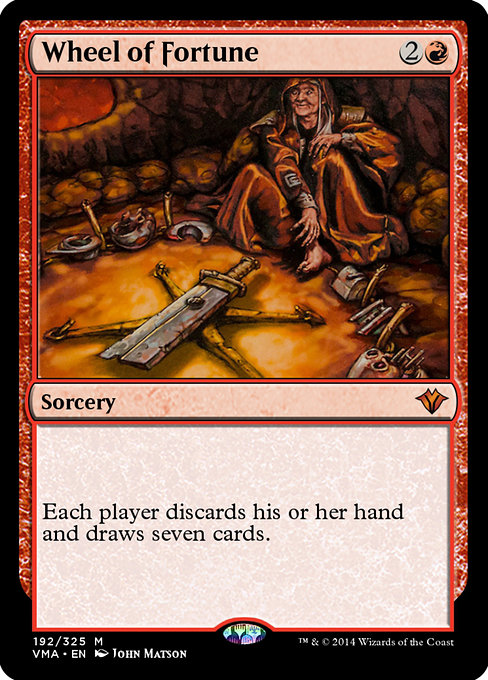
Wheel of Fortune
-
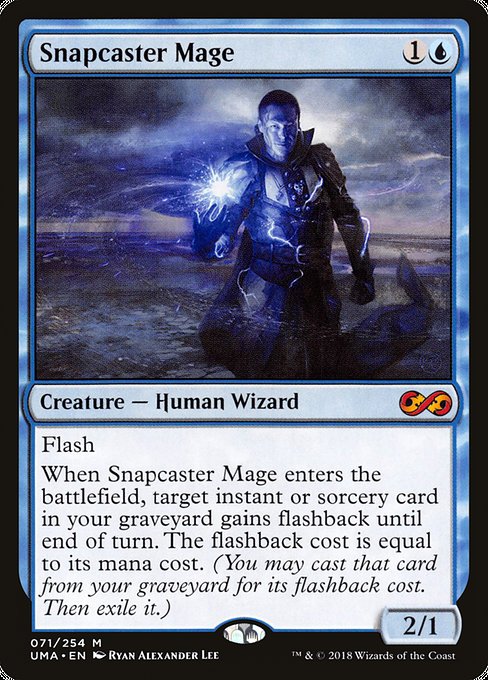
Snapcaster Mage
-
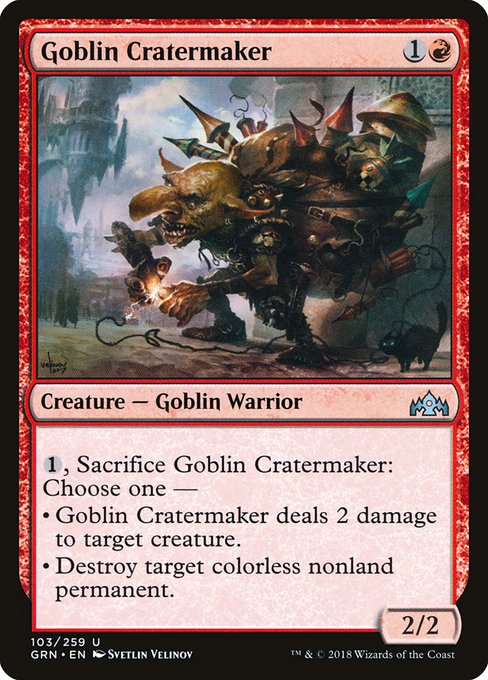
Goblin Cratermaker
Gameplay Summary
The game started with all players setting up their mana bases and early interaction pieces.
Tevesh Kraum established early board presence and card draw engines, while Jacob Hauken’s player focused on a mono-blue take-turns strategy aiming for massive card advantage through the commander’s flip side.
Kalamax deployed as a classic storm/combo deck aiming to copy spells and finish with Underworld Breach and Brain Freeze.
Vadrok’s deck played a reactive combo style centered on High Tide and Dockside Extortionist to generate treasure tokens and mana ramp for a combo kill. A key turning point came when Vadrok successfully cast Dockside Extortionist and mutated Bad River Wurm onto it, generating a large treasure count and threatening a lethal combo.
However, Fernando on Jacob Hauken disrupted this with a well-timed Mental Misstep, stalling Vadrok’s advance.
Meanwhile, Jacob Hauken’s player achieved multiple extra turns with Temporal Mastery and used the flip side of the commander for free spells and card filtering, slowly accumulating advantage.
Kalamax kept applying pressure with aggressive attacks and spell copying but faced disruption from the other players’ interaction. The game showcased heavy interplay of disruption and combo sequencing, with Vadrok’s reactive combo lines and Jacob Hauken’s take-turns engine being the most prominent win threats.
The players used counterspells, discard, and removal judiciously to interrupt each other’s plans.
The game revolved around managing resources and timing key spells to push for a win while preventing opponents from executing their combos.




















![Jeskai Tempo vs. Vadrok Turns [Duel Commander-EDH] - Magic: The Gathering thumbnail](https://i.ytimg.com/vi/Dqsm9oTnNlE/sddefault.jpg)















